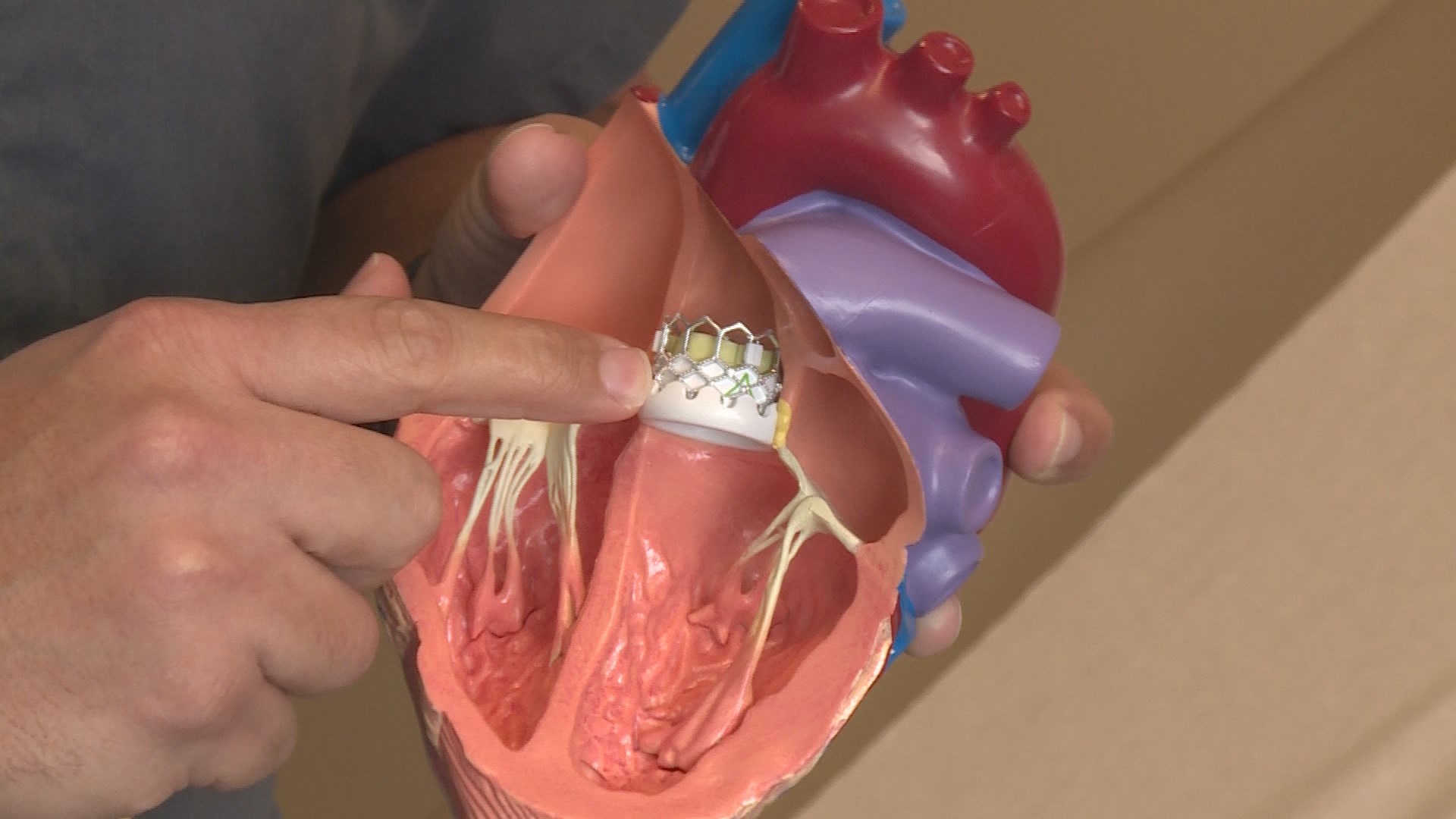TAVR was originally developed specifically for patients at high risk with open-heart surgery, it's now approved for anyone with severe aortic stenosis.
- Fortis Hospital Shalimar Bagh, Delhi
- rajuvyas63@hotmail.com

TAVR replaces an aortic valve that is not working properly or is diseased with an aortic valve made from animal tissue. The TAVR procedure is minimally invasive, requiring only a small cut in the skin. It does not require open-heart surgery. The aortic valve is one of four valves that control blood flow in the heart.
A small percentage of people undergoing TAVR have developed a stroke, either during the procedure or in the days immediately following it. Death: While TAVR is an effective and often much-needed treatment for sicker people, they face a very low possibility of not surviving the procedure.
Transcatheter aortic valve replacement (TAVR) is a minimally invasive procedure for treating aortic valve stenosis. As blood exits the heart, it passes through the aortic valve. In patients with aortic stenosis (one type of aortic valve disease), the valve is stiff and narrow, and doesn't open and close as it should, making it harder for the heart to pump blood to the body. As a result, patients feel short of breath and fatigued, and are at high risk for a heart attack. The only treatment for aortic valve disease is to replace the valve, which traditionally required open-heart surgery. For many patients, however, TAVR is an equally effective, much less invasive alternative. Instead of opening the chest to remove and replace the damaged valve, the doctor threads a catheter (a thin, flexible tube) through a blood vessel to reach the heart, then inserts a new valve inside of the faulty one, restoring healthy blood flow. The procedure takes much less time than open-heart surgery, and patients recover more quickly, with less pain and scarring.
TAVR was originally developed specifically for patients at high risk with open-heart surgery, it's now approved for anyone with severe aortic stenosis.